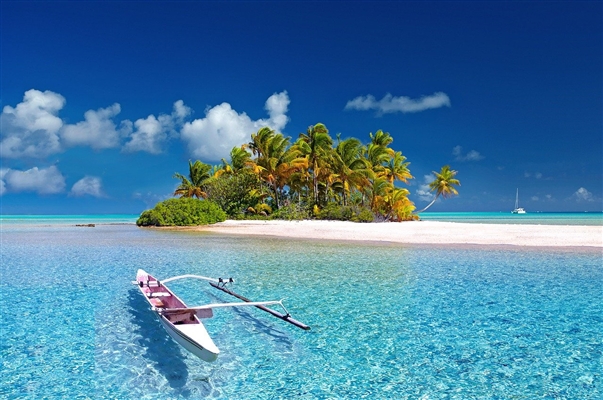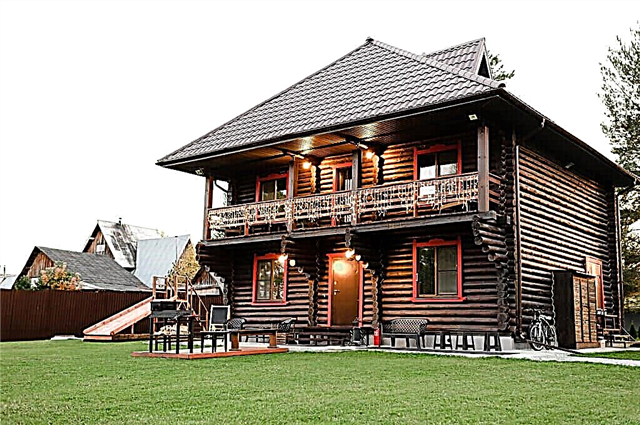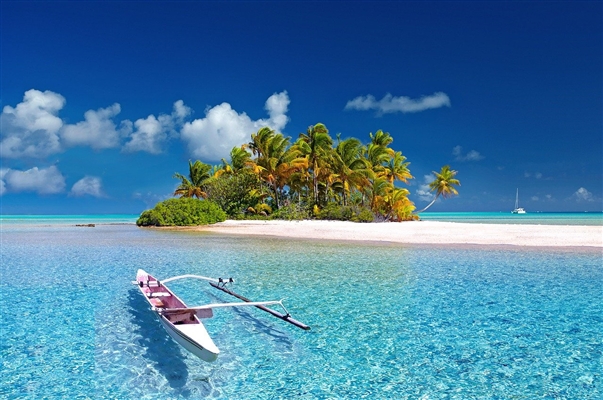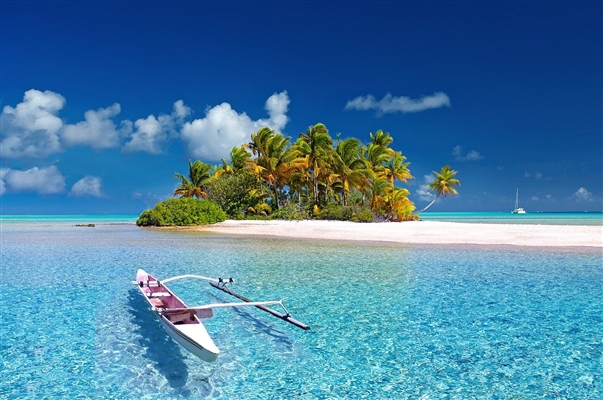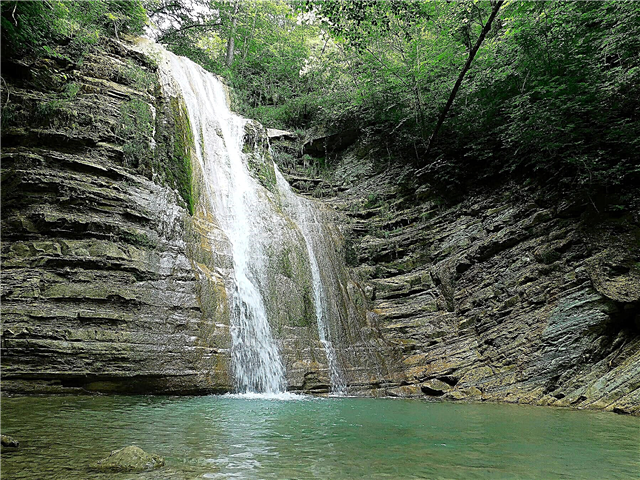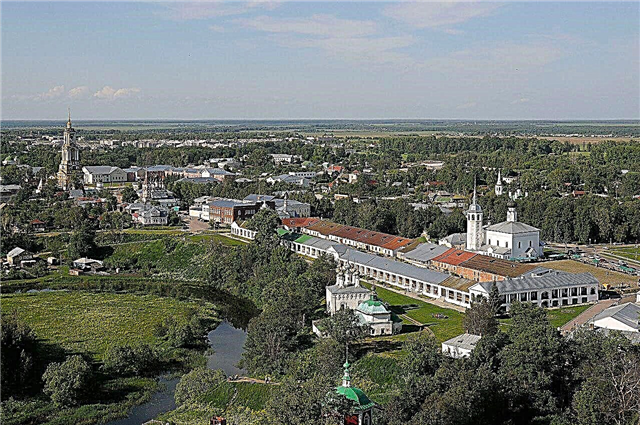The Vladimir region includes 23 cities. Many of them are cities with a thousand-year history, many attractions, monuments of church and civil architecture. The Vladimir-Suzdal school of architecture is one of the largest schools of ancient Russian art, which has its own recognizable style. To this day, the characteristic white-stone churches in many cities of the Vladimir region have been preserved.
Some of the cities of the Vladimir region are among the cities of the Golden Ring of Russia, one of the most popular tourist routes in the world. The cities of the Vladimir region are also in demand in the field of cinematographic art, a large number of domestic films were shot in them.
The largest cities of the Vladimir region
List of the largest cities in terms of population in the region.
Vladimir
One of the tourist cities of the Golden Ring of Russia. A city with an ancient history, was once the capital of the Old Russian state. Located on the banks of the Klyazma River. Formed by V. Monomakh in 1108. It is interesting for white-stone monuments of history and architecture, first of all, these are the Golden Gate, the Assumption and Dmitrievsky Cathedrals. Vladimir Central is located in Vladimir, on its territory there is a museum.
Population - 356 937 people (2020).

Kovrov
Located on the banks of the Klyazma River. The city was awarded the title of "city of military glory". In Kovrov there is a historical and memorial museum, as well as a branch of the Vladimir-Suzdal historical, architectural and art museum-reserve. The oldest architectural monument of Kovrov is the Cathedral of the Nativity of Christ.
Population - 137 thousand people.

Murom
The city is located on the banks of the Oka. The city is home to the Murom History and Art Museum, which includes an art gallery and large collections of ancient Russian art. Many old churches and monasteries have survived, mostly dating back to the 16th-17th centuries. In the center of Murom, there is the Oksky Park, where the monument to Ilya Muromets, erected in 1999, is located.
Population - 109 thousand people.
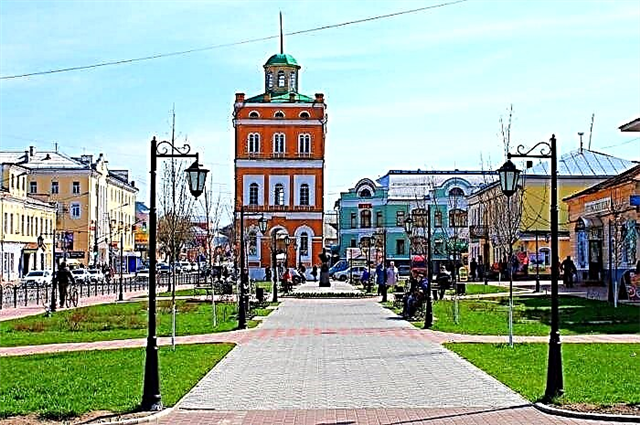
Alexandrov
One of the cities of the Golden Ring of Russia. The city has a rich history, Ivan the Terrible lived here for 17 years, and other rulers of the Russian state lived here at different times. The city is interesting for its architectural monuments, ancient churches and cathedrals located on the territory of the Aleksandrovskaya Sloboda Museum-Reserve. The most famous of them are the Trinity Cathedral, the Assumption Church, the Crucifixion Bell Tower, from the height of which you can see the Kremlin.
Population - 59 thousand people.

Gus-Khrustalny
The city is located on the Gus River. Included in the Golden Ring of Russia. The first mention of the village, from which the city will later grow, dates back to the 17th century. The name of the city was given by the famous crystal production plant, which is still in production today. The factory was built by the Maltsov merchants at the end of the 18th century. The city is also rich in ancient monasteries and churches.
Population - 54.5 thousand people.

Kolchugino
Located on the Peksha River. The city was founded in 1871, when a workers' settlement was built at the factory of the merchant A. Kolchugin. By the beginning of the 20th century, the Kolchugin Partnership Press Plant was the largest in Russia. The city went down in history, among other things, thanks to the production of samovars and cup holders. There is a samovar-shaped tower in the city.
Population - 49 thousand people.

Vyazniki
Since the 17th century, the city has been an object of pilgrimage to the Miraculous Icon of the Kazan Mother of God. Tsar Mikhail Fedorovich also made a pilgrimage trip here. Since the 18th century, the production of flax cultivation and the production of linen and yarn has been developing here. The city has preserved a large number of ancient monuments of church architecture, including the Trinity Church with a detached hipped-roof bell tower.
Population - 35.8 thousand people.

Kirzhach
The city is located on the Kirzhach River. In 1358, the Kirzhach Annunciation or Vvedensky Trinity Monastery was founded here, the buildings of which have survived to our time. The monastery was founded by Sergius of Radonezh. Around the monastery, a settlement gradually formed, from which the city of Kirzhach later grew. Today the monastery functions as a female one.
Population - 26.6 thousand people.

Yuryev-Polsky
Located on the Koloksha River. The city is one of the cities of the Golden Ring. Founded by Prince Yu. Dolgoruky in the XII century. There is a monument to the founder in the city. Among the sights of the city are preserved monuments of church architecture, such as the Archangel Michael Monastery, St. George's Cathedral, the Church of the Nativity of Christ and others.
Population - 18.4 thousand people.

Rainbow
Raduzhny was given the status of a closed city. In 1971, construction began on a residential area for people working in the Raduga design bureau. The Bureau assigned a plot of land at the place where the city of Raduzhny was subsequently formed. Multi-storey buildings were built here, as well as healthcare, social and educational facilities.
Population - 18.4 thousand people.

Sobinka
It is a small town that emerged in the 19th century. A spinning mill, Sobinskaya manufactory was opened here, a village for workers was built. Workers' barracks have survived to our time; the residents of Sobinka call them "corridors". The Church of the Resurrection of Christ, built thanks to the efforts of the founders of the manufactory, has survived.
Population - 17.8 thousand people.

Cover
One of the centers of the Golden Ring. The city is located on the Shitka River. The emergence of the city is attributed to the 16th century; it was formed from a settlement that grew up around the monastery of the Pokrovskaya Anthony Hermitage. Today, there is a functioning Church of the Intercession of the Mother of God on its territory. Not far from the Pokrov, at the site of the death of Y. Gagarin and V. Seregin, there is a memorial complex.
Population - 17 thousand people.

Karabanovo
The city is located on the banks of the Seraya River. The name of the city goes back to the name of the noblemen Karabanovs, who once owned this land. The first mention dates back to the 17th century. In 1938, the settlement of Karabanovo received the status of a city. There is a city park in the center of the city.
Population - 14.7 thousand people.

Lakinsk
The city was formed from a workers' settlement named after M. Lakin, a local revolutionary and Bolshevik. In the 19th century, a weaving factory was built here, and a workers' settlement arose. The Church of the Kazan Icon of the Mother of God, dating back to 1963, has been preserved. In the city there is a museum of A. Suvorov, there are monuments to V. Lenin, M. Gorky.
Population - 14.3 thousand people.

Melenki
The city is located on the Unzha River. According to one version, the name of the city is associated with the location of flour mills in the village from which the city later grew. There is a local history museum in the city, merchant stone houses, buildings of the XIX century, shopping arcades have been preserved. Thanks to the rich deposits of clay, pottery has been developed in the village of Kovrino, Melenkovsky district, since the 17th century, today, having visited this village, you can visit the pottery workshop.
Population - 13.7 thousand people.

Cockerels
The city is located on the Klyazma River. The city gained all-Russian fame thanks to V. Erofeev's poem "Moscow - Petushki". The city houses a local history museum, an art gallery, and a unique Rooster Museum. The old church of the Assumption of the Mother of God built in 1910 has been preserved. Not far from the station is a hyperboloid water tower, designer V. Shukhov.
Population - 13 thousand people.

Strunino
For the first time, the village of Strunino is mentioned in the chronicle book of the 16th century. Strunino city status was assigned in 1938.In the city there is the Church of the Transfiguration of the Lord, the temple was built in 1893 at the expense of the manufacturer A. Baranov. In the 30s of the XX century, the church was partially destroyed. In 1990 the temple was restored.
Population - 13 thousand people.

Gorokhovets
It is a small but very beautiful provincial town. Located on the Klyazma River. Gorokhovets is included in the route of the Golden Ring of Russia. Many ancient churches and monasteries have survived in the city. Among the monuments of civil architecture of particular interest are the wooden houses built in the Art Nouveau style on the street. Lenin and st. Moscow.
Population - 12 thousand people.

Kameshkovo
The city was formed from a settlement for workers who worked in a textile factory built in the 19th century. In Kameshkovo there is the Church of the Ascension of the Lord built in 1906, and the wooden building of the hospital in 1904 has also survived to our time. In addition, several civil architecture buildings have been preserved in the city. For example, a 19th century peasant house.
Population - 12 thousand people.

Suzdal
One of the pearls of the Golden Ring of Russia. The first mention of the city dates back to 1024. Due to the location of the city on the Kamenka River, along which the trade route passed in the XII century, Suzdal is already becoming a large trade and craft city. There are more than 200 architectural monuments of the XII-XIX centuries in the city, among which there are many white-stone churches and monasteries. Suzdal is the center for the production of the famous Suzdal mead.
Population - 9606 people (2020).


